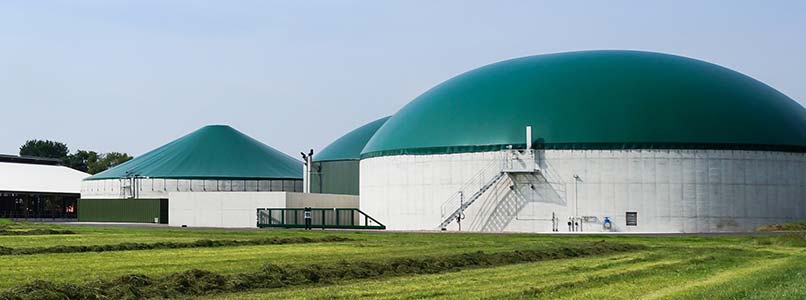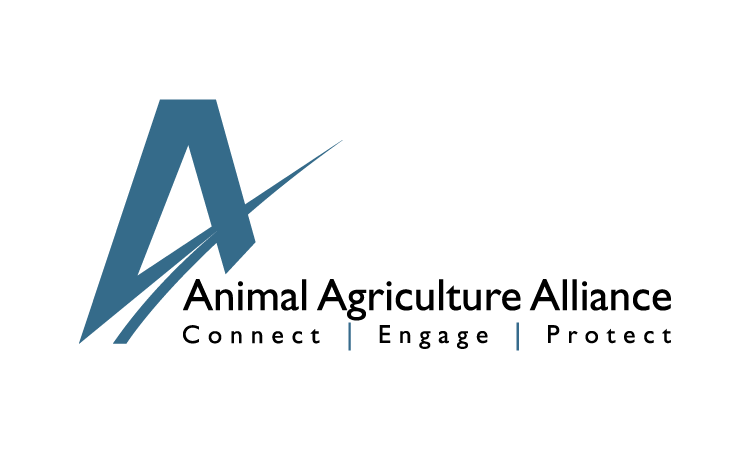Animal agriculture is constantly advancing: producing more food for the growing population, decreasing its environmental impact, and developing technologies for a continuously improving sustainable food system.
Did you know animal agriculture in the United States is responsible for just 3.9 percent of total greenhouse gas emissions? Farmers and ranchers, alongside researchers, are working to reduce that even more. Methane digesters, seaweed and feed additives are just a few of the new technologies being developed and implemented to reduce that number.
Where does methane come from?
Methane is a byproduct of feed digestion in animal agriculture. Cattle’s digestion system includes a four-compartment stomach that allows them to utilize the nutrients in their diet more efficiently than a human could. Because of this digestion system, they produce around 250-500 liters of methane a day which accounts for less than two percent of the total methane production in the United States..
How are methane emissions being reduced?

Methane digesters, also known as anaerobic digesters, use manure waste from diary, beef, poultry and pig farms to produce energy. Manure is added to the digester where microbes are broken down into solids and biogas. Biogases are then able to be used as energy.
Seaweed as a methane reducer made its debut in a UC Davis study. The study found that feeding dairy cattle seaweed could reduce methane by as much as 82 percent.
“We now have sound evidence that seaweed in cattle diet is effective at reducing greenhouse gases and that the efficacy does not diminish over time,” said Ermias Kebreab, professor and Sesnon Endowed Chair of the Department of Animal Science and director of the World Food Center.
There are feed additives that are helping to reduce methane emissions in dairy cattle and other ruminants like sheep and goats. One feed additive has been studied over the past 10 years and found to reduce methane production by 30 percent. 3-nitroxypropanol blocks an enzyme in the digestion of feed to reduce methane production.
What does this mean for animal agriculture?
The animal agriculture community is continuously working to reduce GHG emissions that are already just a fraction of the total in the U.S. Animal agriculture has made a clear commitment to caring for the environment and the land in which they raise livestock and is headed for an even more sustainable future.
For more information about how animal agriculture is improving sustainability and environmental stewardship measures check out our Sustainability Impact Report.
All posts are the opinion of the author and do not necessarily represent the view of the Animal Ag Alliance.






